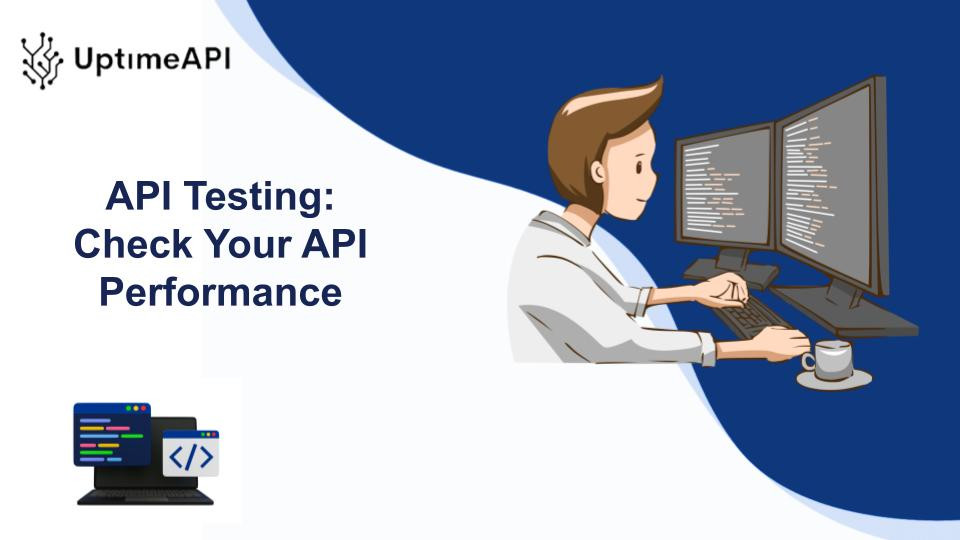In the realm of modern software development, the importance of API testing cannot be overstated. As applications increasingly rely on APIs to facilitate communication and data exchange between different systems and services, ensuring optimal API performance is paramount for delivering a seamless user experience. This article delves into the significance of API performance in contemporary applications and explores the repercussions of poor API performance on user satisfaction.
Understanding the Importance of API Testing
API testing is critical for ensuring that APIs are responsive, reliable, and scalable. APIs serve as the backbone of networked software systems, therefore any reduction in API speed can have a significant impact on application functionality and usability.
In today’s hyper connected digital landscape, when real-time interactions and data-driven decisions are the standard, API performance is vital. Whether a mobile app retrieves user data from a server or an e-commerce platform processes transactions, the efficiency and speed of API answers have a direct impact on customer happiness and business results.
Significance of API Performance in Modern Applications
APIs are the backbone of modern applications, allowing for communication and data exchange among various components and services. As a result, API performance has a direct impact on applications’ speed, responsiveness, and dependability. A well-performing API can improve the user experience, boost user happiness, and promote business growth, whereas a poorly performing API can cause user dissatisfaction, decreased engagement, and revenue loss.
When APIs perform poorly, users may suffer slow response times, timeouts, or unresponsive behavior, resulting in a negative user experience. This can lead to higher bounce rates, lower user retention, and unfavorable word-of-mouth, all of which undermine the app’s reputation and success. As a result, comprehensive API performance testing is required to discover and resolve any performance issues before they affect users.
In conclusion, prioritizing API testing and adopting best practices for optimization are essential steps in delivering high-performance APIs that meet the demands of modern applications. By monitoring key metrics, leveraging advanced testing tools, and implementing optimization strategies, organizations can ensure that their APIs deliver exceptional reliability, responsiveness, and scalability.
Uptime API
This API allows for real-time monitoring and instant insights. You will receive alerts in the format that best meets your needs, such as email, SMS, or webhook notifications. Setting up monitors is simple. You can build monitors by providing the API endpoint URL and setting the monitoring intervals and timeouts.
Monitoring intervals determine how frequently Uptime API checks your API’s status, while timeouts limit how long it can wait for a response. These settings allow you to customize monitoring to meet your individual needs and expectations. You can set up alerts on your Uptime API dashboard and designate who should receive notifications. This allows you to provide updates to your coworkers.
Here’s a Video That Will Explain To You How This API Works
This API offers configurable plans with variable monitor constraints, allowing you to select the best plan for your monitoring requirements. It offers historical data and analytics, allowing you to monitor its performance trends over time. You’ll be able to inspect your logs to determine what went wrong with your API. They provide a 30-day free trial to allow you to experience the benefits of Uptime API before committing to a membership.



